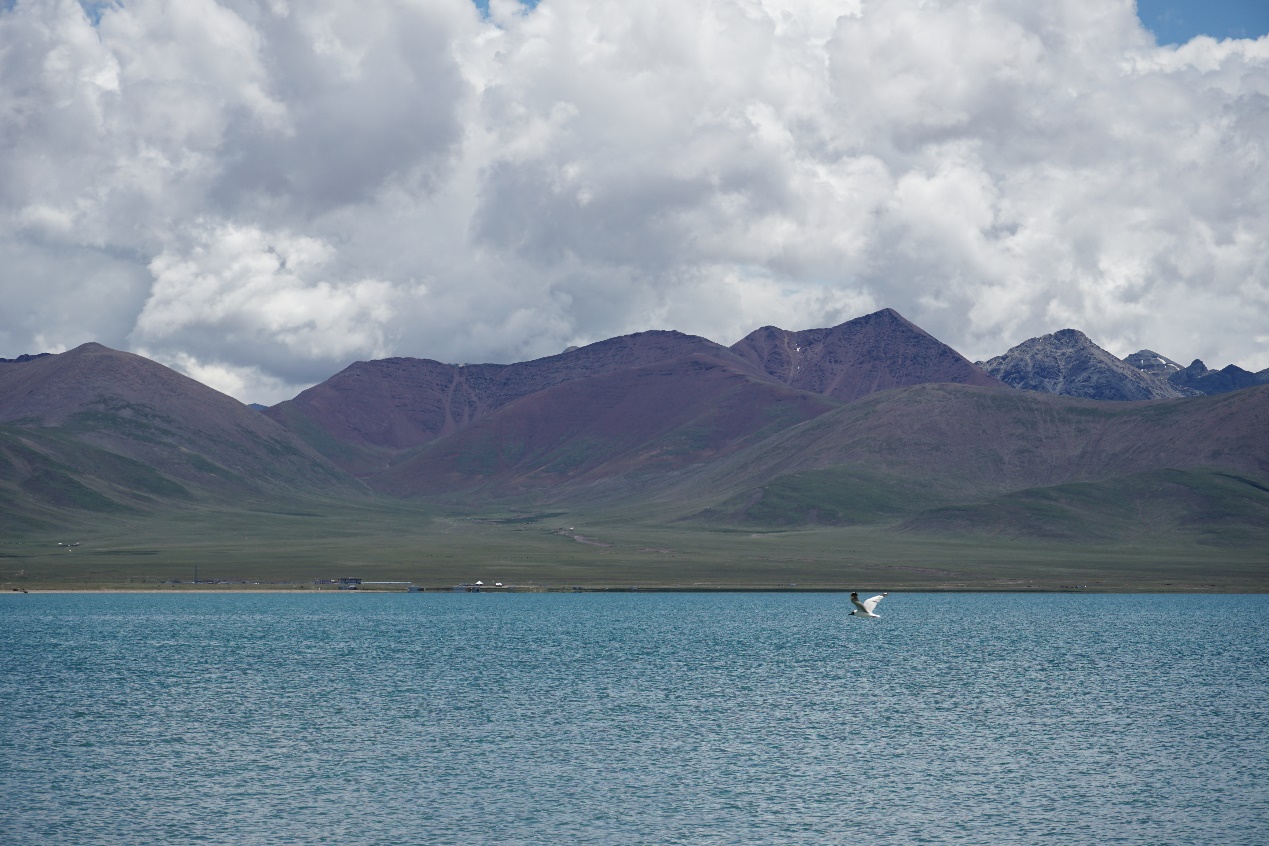Unprecedented Heatwave on the Tibetan Plateau: A New Study Highlights Land-Atmosphere Interactions
Date:2024-09-13
Heatwaves are generally thought to occur in hot, lowland regions—but what happens when extreme heat strikes the frigid, high-altitude Tibetan Plateau? Is the definition of a heatwave the same at 5,000 meters above sea level as it is in the plains? Could the Tibetan Plateau be facing a new threat? These pressing questions are the focus of a new study published in Weather and Climate Extremes, which investigates a record-breaking heatwave on the Tibetan Plateau in July 2022.
The Tibetan Plateau, often referred to as the "Roof of the World," is a unique and critical region due to its high elevation and influence on global climate patterns. The plateau's rapid warming, faster than the global average, has provided favorable conditions for the occurrence of heatwaves, which in turn pose serious threats to the sustainability of water resources and the health of ecosystems in the region. Understanding these extreme events is essential for predicting and mitigating their impacts on the environment and local communities.
In the summer of 2022, many parts of the Northern Hemisphere experienced historic heatwaves. However, the heatwave that quietly occurred over the Tibetan Plateau went largely unnoticed due to the region's sparse population. Unlike extreme temperatures in lowland areas, which often exceed 35°C, extreme temperatures at altitudes above 5,000 meters reached only between 16°C and 22°C at most. While these temperatures are common in the lowlands, they pose serious challenges to the alpine ecosystem of the Qiangtang Plateau (region where heatwave occured above 5,000 meters), where the annual average temperature is below 0°C. Therefore, understanding and predicting heatwaves in high-altitude regions is crucial in the context of global warming.

Lake Nam Co on the Qiangtang Plateau in summer. (Image by GUI Kexin)
This research employs the flow analogue method to quantify the contributions of atmospheric circulation and soil moisture to the heatwave. By comparing current conditions with historical analogues, the study finds that both factors played substantial roles. Specifically, the research shows that atmospheric circulation, represented by 300 hPa geopotential height anomalies, accounted for 44.40% of temperature anomalies, while soil moisture anomalies explained 55.57%. The study highlights that the coupling between soil moisture and temperature significantly amplified the intensity of the heatwave, particularly in high-altitude areas of the plateau.
“Our research underscores the significant role that soil moisture plays in influencing temperature extremes, especially in such a sensitive and unique region as the Tibetan Plateau,” said GUI Kexin, a Ph.D. student at the Institute of Atmospheric Physics, Chinese Academy of Sciences, and the study's first author.
The study also explores the future implications of land-atmosphere feedback on extreme heat over the Tibetan Plateau, indicating that with ongoing global warming, the frequency and intensity of such extreme heat events are likely to increase. Under the background of climate change, where the rate of increase in extreme high temperatures is faster than the global mean temperature increase, land-atmosphere coupling can further double the rate of extreme high temperature increase on the Tibetan Plateau.
The study’s findings enhance our understanding of heatwaves in high-altitude, cold regions. As heatwaves become more frequent in unexpected places, further research is needed to determine the unique impacts and climate effects of heatwaves occurring in these areas.
This work is jointly supported by the National Natural Science Foundation of China (Grant No. 41988101), and the second Tibetan Plateau Scientific Expedition and Research (STEP) program (Grant No. 2019QZKK0102).
Citation:
Gui, K., Zhou, T., Zhang, W., Zhang, X., 2024. Land-atmosphere coupling amplified the record-breaking heatwave at altitudes above 5000 meters on the Tibetan Plateau in July 2022. Weather and Climate Extremes 45, 100717. https://doi.org/10.1016/j.wace.2024.100717
Media contact:
Ms. LIN Zheng
Email: jennylin@mail.iap.ac.cn
Tel: 86-10-82995053
http://english.iap.cas.cn/
